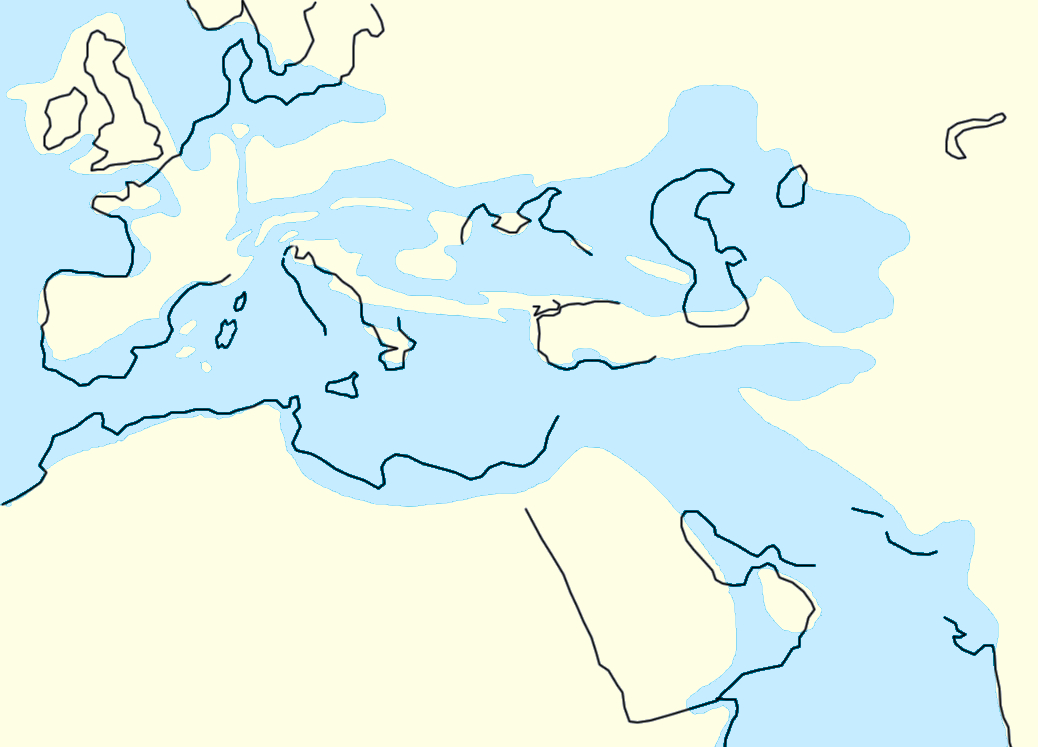|
Aplodontoidea
The family Aplodontiidae also known as Aplodontidae, Haplodontiidae or Haploodontini is traditionally classified as the sole extant family of the suborder Protrogomorpha. It may be the sister family of the Sciuridae. There are fossils from the Oligocene until Miocene in Asia, from Oligocene in Europe and from the Oligocene until the present in North America, where there is the only living species: the mountain beaver (''Aplodontia rufa''). Systematics It includes the following genera: * ''Aplodontia'' Richardson, 1829 * †'' Altasciurus '' Korth, 2019 * †'' Ameniscomys'' Dehm, 1950 * †'' Ansomys'' Qiu, 1987 * †'' Dakotallomys'' Tedrow and Korth, 1999 * †'' Disallomys'' Korth, 2009 * †'' Ephemeromys'' Wang & Heissig, 1984 * †'' Haplomys'' Miller and Gidley, 1918 * †'' Leptoromys'' Tedrow and Korth, 1997 * †'' Liodontia'' Miller and Gidley, 1918 * †'' Meniscomys'' Cope, 1879 * †''Niglarodon'' Black, 1961 * †''Ninamys'' Vianey-Liaud, Rodrigues & Marivaux, 2 ... [...More Info...] [...Related Items...] OR: [Wikipedia] [Google] [Baidu] |
Oligocene
The Oligocene ( ) is a geologic epoch of the Paleogene Period and extends from about 33.9 million to 23 million years before the present ( to ). As with other older geologic periods, the rock beds that define the epoch are well identified but the exact dates of the start and end of the epoch are slightly uncertain. The name Oligocene was coined in 1854 by the German paleontologist Heinrich Ernst Beyrich from his studies of marine beds in Belgium and Germany. The name comes from the Ancient Greek (''olígos'', "few") and (''kainós'', "new"), and refers to the sparsity of extant forms of molluscs. The Oligocene is preceded by the Eocene Epoch and is followed by the Miocene The Miocene ( ) is the first geological epoch of the Neogene Period and extends from about (Ma). The Miocene was named by Scottish geologist Charles Lyell; the name comes from the Greek words (', "less") and (', "new") and means "less recent" ... Epoch. The Oligocene is the third and final epoch of ... [...More Info...] [...Related Items...] OR: [Wikipedia] [Google] [Baidu] |
Oligopetes
''Oligopetes'' is an extinct genus of rodents in the family of Aplodontiidae, found from Spain to Pakistan during the Oligocene The Oligocene ( ) is a geologic epoch of the Paleogene Period and extends from about 33.9 million to 23 million years before the present ( to ). As with other older geologic periods, the rock beds that define the epoch are well identified but the .... References {{Taxonbar, from=Q11939319 Extinct rodents ... [...More Info...] [...Related Items...] OR: [Wikipedia] [Google] [Baidu] |
Ninamys
''Ninamys'' was an extinct genus of rodents in the family Aplodontiidae that lived in China during the Oligocene The Oligocene ( ) is a geologic epoch of the Paleogene Period and extends from about 33.9 million to 23 million years before the present ( to ). As with other older geologic periods, the rock beds that define the epoch are well identified but .... References {{Taxonbar, from=Q56289906 Extinct rodents Rodents of China ... [...More Info...] [...Related Items...] OR: [Wikipedia] [Google] [Baidu] |
Niglarodon
Niglaradon is an extinct genus of mountain beaver in the family Aplodontiidae, found from Idaho to South Dakota during the Oligocene The Oligocene ( ) is a geologic epoch of the Paleogene Period and extends from about 33.9 million to 23 million years before the present ( to ). As with other older geologic periods, the rock beds that define the epoch are well identified but .... References Extinct rodents {{rodent-stub ... [...More Info...] [...Related Items...] OR: [Wikipedia] [Google] [Baidu] |
